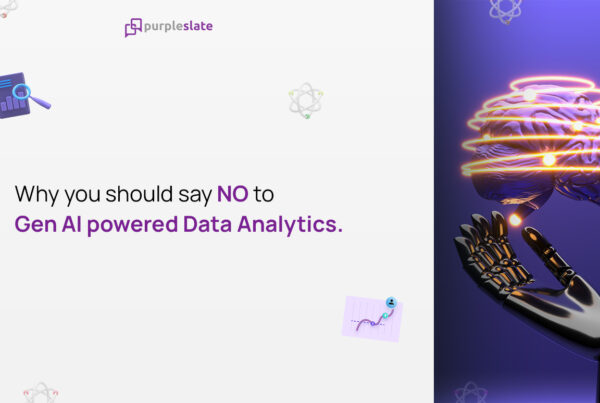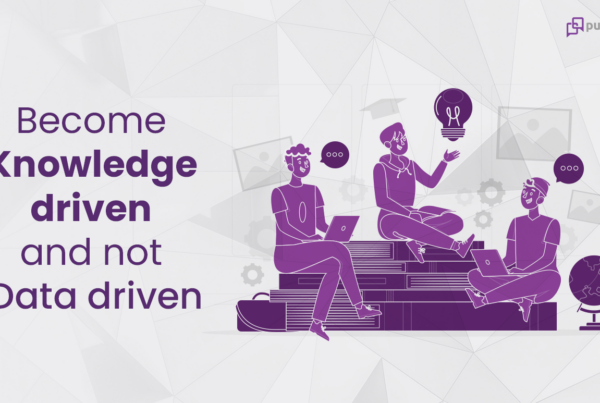
The $500 Shoes
I am sure many of us can relate to this.
We all want to get fit. Invariably, the first thing we do is to get the most expensive shoe, often endorsed by a sports superstar. If he is so magical, it should be the shoes! That’s what we think.
Someone told me I should pursue a hobby. So, I decided to try my hand in strumming and spent a decent fortune in getting a guitar. That favorite tune of mine that I keep humming should be magic coming out of the instrument.
How long can I keep watching all these YT videos on cooking shows? I want to try my hand in cooking and let me get this shiny Sakura knife which can possibly create wonders.
I want to lose weight. Let me sign-up for this new diet scheme endorsed by this personality. They should always be right.
You are not alone and this is the most common human psychology commonly exploited in marketing and branding. Longing for a sense of accomplishment and the desire to feel-good which is often triggered by a feel-good hormone released by expensive purchases. We feel good wearing that expensive shoe or the guitar or holding that knife.
In doing so, we often choose the easy path – spending money – than putting in the hard yards, which is the true reason behind most of the success stories. Be it your super-fit sports player, accomplished musician or your favorite chef.
What does this have to do with Data and Insights?
With increased digital activity, being data-driven is one of the most sought-after aspirations of many companies. Billions of dollars is spent in various big data technologies and analytics platforms. All in the hope that these technology investments would somehow create the culture of being data-driven and develop a data mindset.
In a hyper competitive world it is also not an uncommon marketing strategy for many of these technology vendors to promise this magic elixir of an informed world with their wares. ‘Buy our product and see the transformation for yourself’.
The reality
If you have spent enough days working with data – with passion – you would realize what a pipe-dream it is to put the cart before the horse – to invest heavily on fancy tools without driving in the data mindset of a ‘being data driven’.
Let me explain this with a simple example.
I am a fan of the game of cricket and happened to see this interesting analysis on my twitter feed yesterday.

For the consumer, it is a simple, yet, powerful scatter plot visual that conveys lots of insights on the probability of wins at different stages in the match. (Sorry, if you don’t understand the game of Cricket).
For the creator, the data analyst, it is a lot more involved process of constructing this message and the story.
Starts with the 1) dream of the theme for the story, 2) identify the right set of data points, 3) source them, clean them, organize them in the right data structure to help the analytic work, 4) do any computation (probability, in this example) and then 5) visually showcase the results to tell the story.
It is an arduous process, not so painful if you love data analysis or anything you do.
As they say, ‘Liking’ something is more of a rational process, often sought with a two-icon input in the favorite social platforms. But, ‘loving’ something is more emotional.
There is no BI tool in the world that can solve Steps 1 thru 5 above. The best they can do is to simplify them or the least, act as an enabler and make the analytic process less painful and easy. No tool can bring out a visual story like that out-of-the-box.
When I say this, understand the difference between producing a visual and the reasoning behind using the right visual. The difference between the story, the storyteller and the toolbox.
There are so many simple to use data integration tools that makes the data munging process less painful, python notebooks for various statistical functions, open source charting libraries to paint a beautiful visual. Add to that cheap data storage and compute infrastructure.
Often times, I am asked this question ‘Would your product do this or do that?’. ‘The competition claim to do all this’.
The Data Mindset
My simple answer with Data Analytics has always been – try to know the difference between the tools, technique and a data mindset.
A mindset of curiosity, exploratory analysis and creativity is foundational to build a data-centric culture. Most of the knowledge is hidden in the vast amounts of data that we collect these days. Without proper technique and effort, you can never achieve success, how much ever you invest in proper tools and software.
Often times, more than 75% of the effort in any data story exercise goes in doing the data preparation part. The most painful, the most hated and the most neglected part.
No wonder there are very few ‘great’ data stories and very few ‘successful’ companies that leverage data for good.
It is not the shoes, instrument or the knife that makes a great sportsperson, musician or a chef – it is the love for the craft, the hard technique learnt over years of painful practice that brings out the great output.
Same principles apply in the world of Data.
Photo by Carlos Muza on Unsplash




